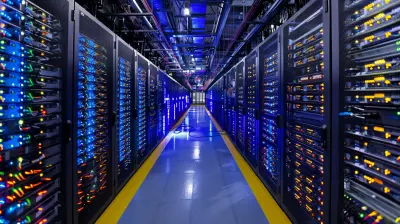Exploring the Role of Containers in Modern Data Center Architectures
19 June 2025
If you've been anywhere near the world of tech in the past decade, you've probably heard people in hoodies throwing around words like "containers" and "Kubernetes" while sipping their double-shot lattes. And you might've smiled and nodded politely—while secretly Googling what the heck they're going on about.
Well, you’re not alone. Containers have quietly (and sometimes not-so-quietly) revolutionized the way we think about modern data centers. They’ve slipped into the core of cloud-native applications, DevOps workflows, and yes—data centers too.
In this article, we're pulling back the curtain to understand the real impact of containers in modern data center architectures. From the basics to the nitty-gritty, we're breaking it all down in plain English. So buckle in. You're about to get really savvy on a topic that’s shaping the future of computing.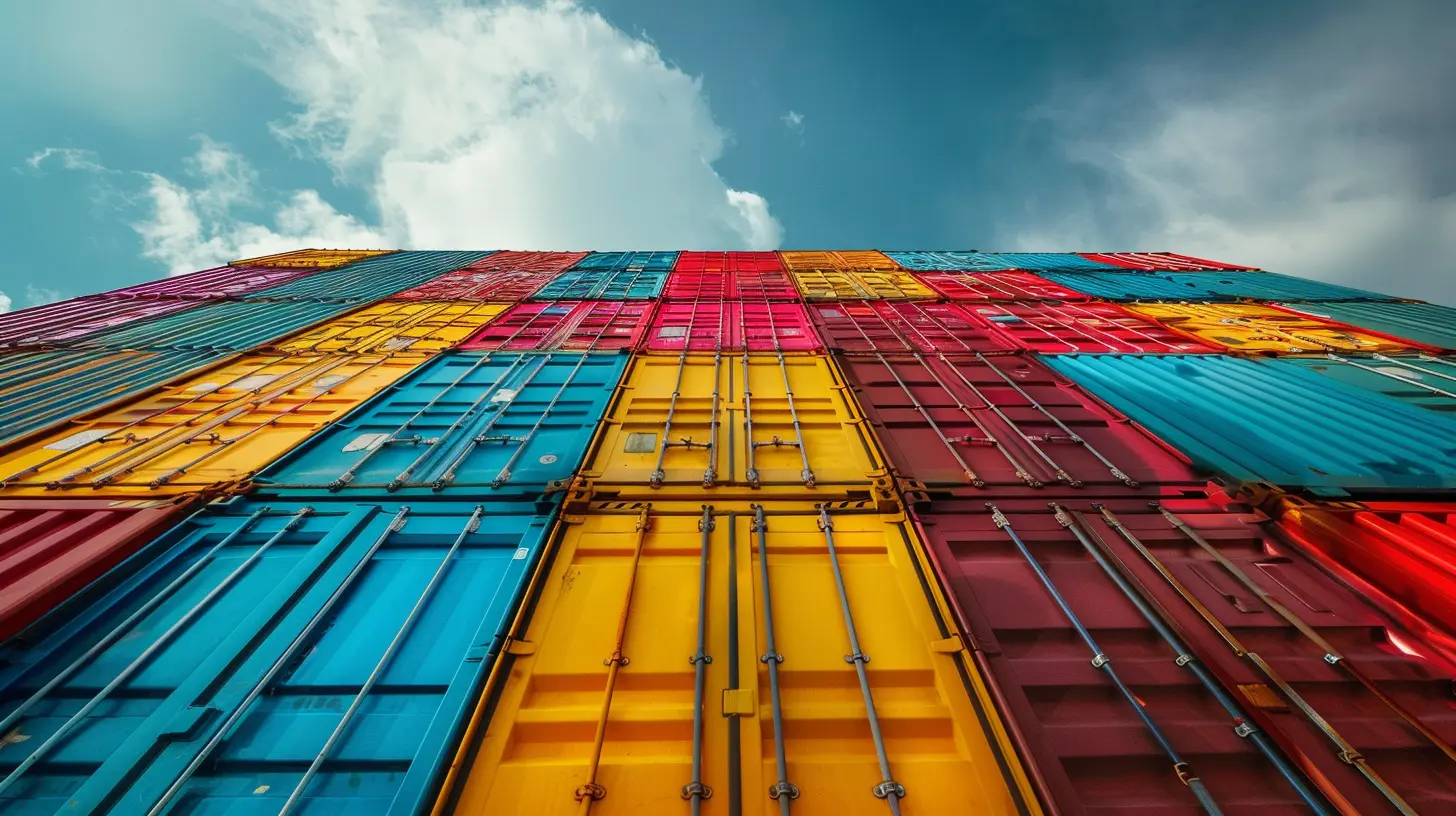
What Are Containers Anyway?
Let’s start with the basics: What exactly is a container?Think of a container like a lunchbox. Inside, you've got your sandwich, chips, maybe a cookie—all the stuff you need for lunch, neatly packed together. Similarly, in computing, a container packages all the code, libraries, and dependencies needed to run an application.
Unlike virtual machines (VMs), containers don't need a full operating system bundled in. They share the host machine’s OS kernel, making them super lightweight and drastically faster to start up. That’s why developers love them—they're portable, consistent, and efficient.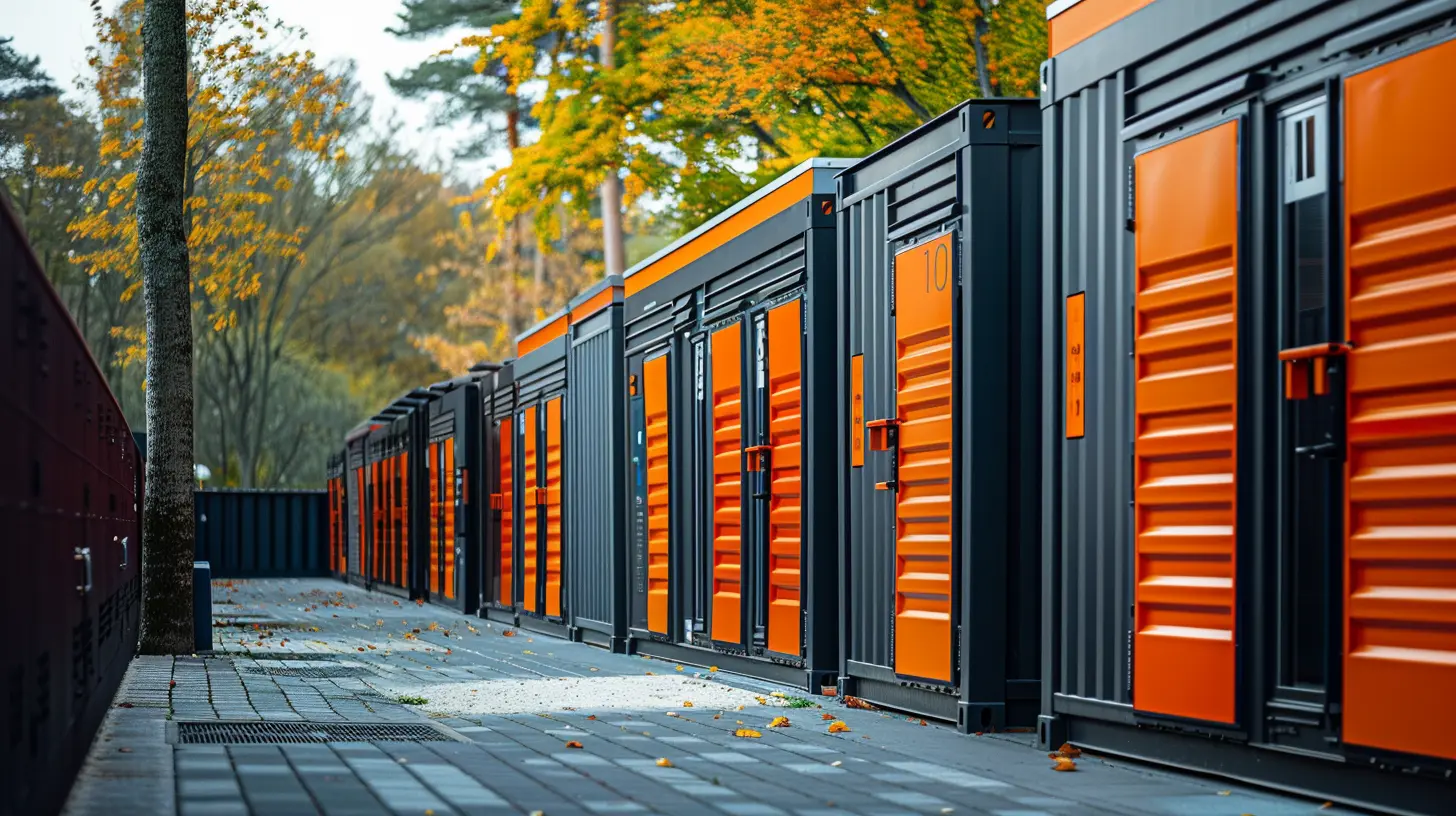
From Servers to Containers: A Quick Trip Down Memory Lane
Remember back in the day when running an app meant buying a whole server just for it? Then virtualization came along and said, “Hey, let’s cram multiple virtual machines on one physical server!” That was a game-changer.But virtualization still had its limits—each VM carried its own OS and needed more resources. Containers took that concept, ditched the unnecessary baggage, and made it sleeker.
So, where virtualization was the old-school CD player, containers are your modern-day Spotify: lighter, faster, and much more flexible.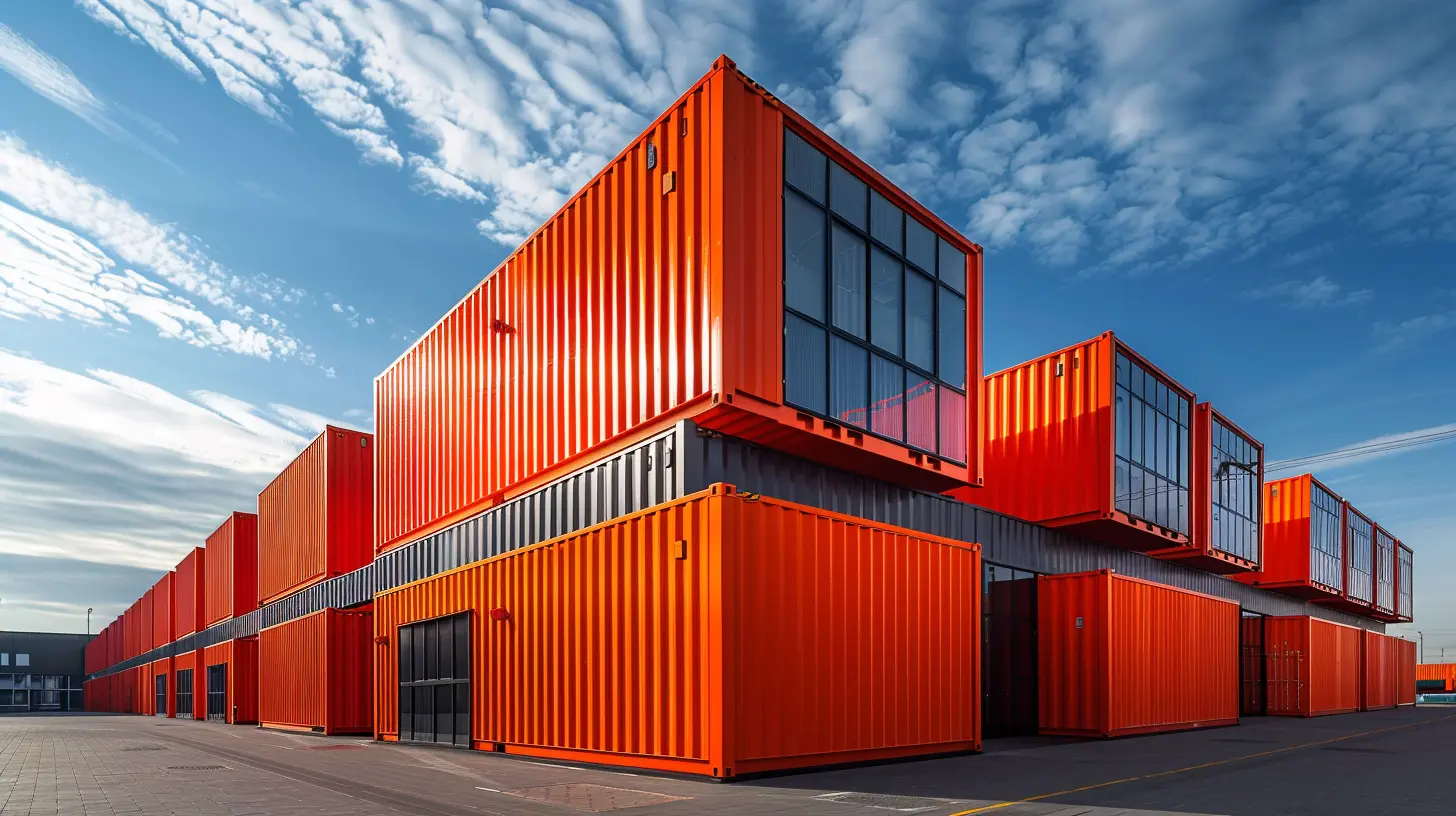
Why Containers Are Perfect for Modern Data Centers
Now let’s dive into the juicy part—why containers are such a great fit for today’s data centers.1. Scalability on Steroids
Back in the monolithic days, scaling meant launching new VMs or even new servers. That could take minutes, if not hours. Containers, on the other hand, can spin up new instances in seconds.Think about handling sudden spikes in web traffic—containers enable rapid, automated scaling without breaking a sweat (or the bank).
2. Resource Efficiency
Containers share the host operating system, which radically cuts down on resource usage. So instead of five different VMs all with their own OS, you can have ten containers running on the same host, all light and lean.Basically, it’s like switching from SUVs to electric scooters when you only need to go a few blocks.
3. Portability and Consistency
Containers are the same whether you're running them on your laptop, your staging environment, or a production data center in the cloud. Build once, run anywhere.And when you're managing hundreds or thousands of workloads, this kind of consistency is golden. No more "works on my machine" nightmares.
4. Improved Automation with DevOps
DevOps and containers go together like peanut butter and jelly. Containers support CI/CD pipelines (Continuous Integration/Continuous Deployment), allowing teams to automate everything—from code testing to deployment.This leads to fewer bugs, faster releases, and happier developers.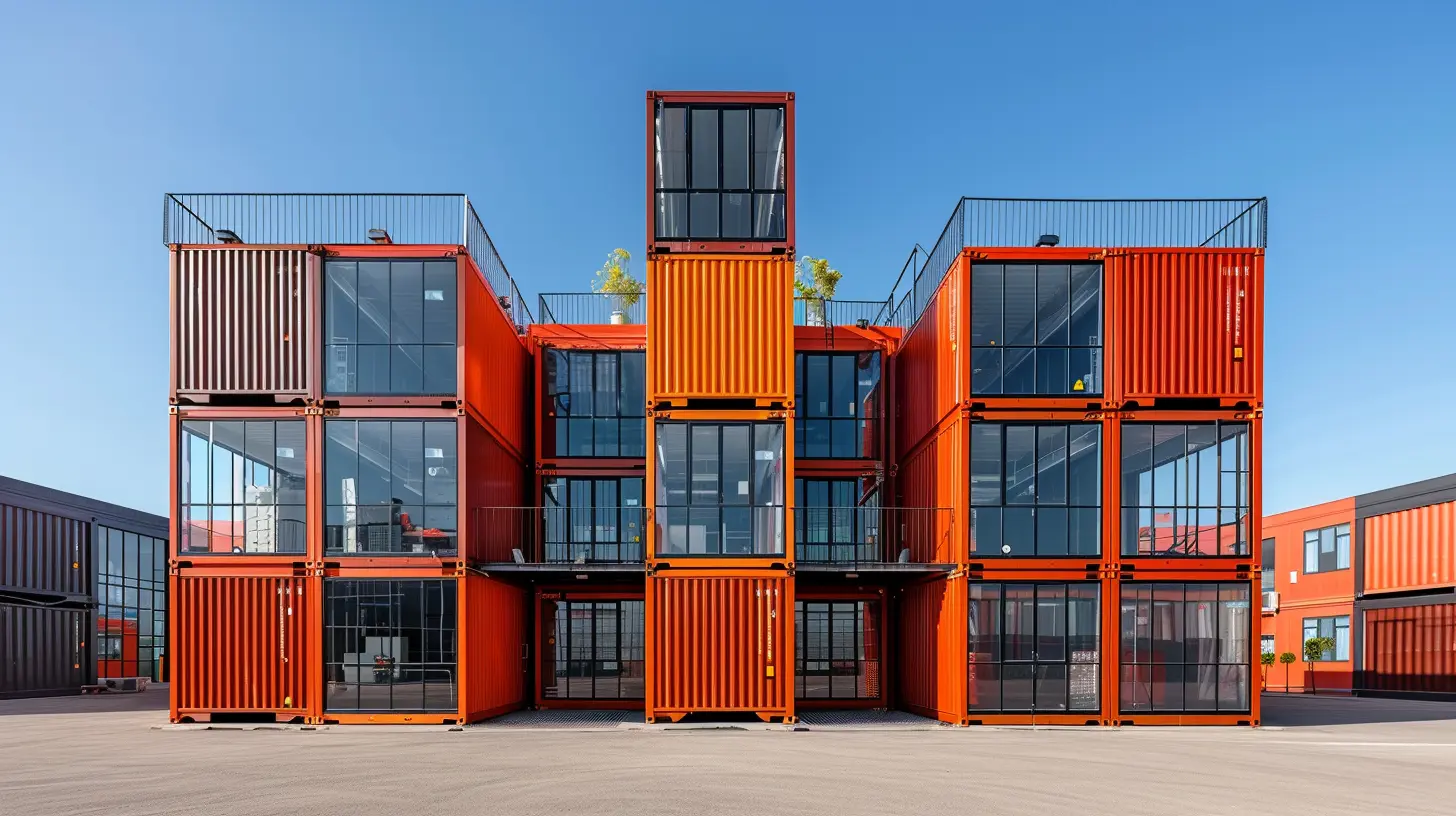
The Rise of Containers in a Hybrid and Multi-Cloud World
These days, few companies rely on one single environment. Most are juggling on-premise systems, private clouds, and public cloud services like AWS, Azure, or GCP. That’s where containers really shine.Because they’re portable and platform-agnostic, containers can move seamlessly between different environments. Want to run the same app both on your in-house server and in AWS? Containers make that possible with minimal changes.
Think of containers as the universal adapters of the software world. Plug them in anywhere, and they just work.
Orchestration: Enter Kubernetes
Once you start managing dozens—or hundreds—of containers, things can get chaotic pretty fast. Thankfully, that’s where Kubernetes steps in as the de facto container orchestration platform.What Exactly Does Kubernetes Do?
In simple terms, Kubernetes (K8s for short) helps you:- Deploy containers
- Scale them up/down automatically based on load
- Monitor their health
- Handle failovers
- Load-balance traffic between containers
It’s like having a robotic conductor for your symphony of containers—making sure everyone plays their part in harmony.
The Impact of Containers on Data Center Design
Containers aren’t just changing how apps are built—they’re also redefining the very architecture of data centers.1. Shift Toward Microservices Architecture
Containers naturally support microservices, where each app is broken down into small, independently running components. Instead of one massive clunky app, you get a nimble network of little services.This modularity helps in isolating issues, speeding up development, and enhancing security.
2. More Software-Defined Infrastructure
Containers encourage software-defined everything—networks, storage, firewalls, you name it. This gives data center operators the flexibility to manage resources through code and policies, rather than by unplugging cables or installing new hardware.3. Better Utilization of Bare-Metal Servers
Historically, virtualization needed a hypervisor layer which added overhead. Containers can run directly on bare metal with the help of specialized platforms, squeezing out every bit of performance.This is especially valuable in high-performance computing (HPC) environments where every millisecond counts.
Containers and Security in the Data Center
Now, let’s talk about the elephant in the room—security.Yes, containers are awesome, but they're not without risks. Since they share the host OS kernel, a security issue in one container could, in theory, compromise others.
How Can Data Centers Cope?
- Use minimal base images to reduce attack surfaces.- Scan images regularly for vulnerabilities.
- Implement role-based access control (RBAC) via orchestration tools like Kubernetes.
- Isolate workloads with namespaces and control groups (cgroups).
- Leverage service meshes like Istio for secure communication between containers.
With the right setup and practices, containers can be just as secure—if not more so—than traditional environments.
Real-World Use Cases: Containers in Action
Alright, theory’s cool. But where are containers actually making an impact?1. Financial Services
Banks and trading platforms use containers to ensure super-fast trading apps stay up and scale during high demand—like when the market goes wild.2. Healthcare
With containers, hospitals can roll out secure, HIPAA-compliant apps quickly. This is critical for managing patient data, appointments, and remote diagnostics.3. Media Streaming
Ever noticed Netflix never crashes—even on Christmas Eve? Containers help manage their massive data center operations, ensuring smooth streaming even during peak demand.Looking Ahead: The Future of Containers in Data Centers
The container revolution is far from over. Looking into the future, expect to see:- Edge deployments: Containers running on edge devices and remote locations, closer to users.
- AI and ML workloads: Containers are increasingly used to package and deploy machine learning models.
- Serverless integration: Combining containers with serverless computing for ultra-responsive applications.
It’s like the Swiss Army knife of modern infrastructure—versatile enough to fit into almost any scenario.
Final Thoughts
So, where do containers fit in modern data center architectures? Everywhere.They're changing the game—from how we scale applications to how we architect infrastructure. With the rise of hybrid clouds, edge computing, and AI, containers are more than just a passing trend—they’re the backbone of the new digital age.
If you’re running a data center or building modern apps and you're not looking at containers yet, you're not just behind the curve—you’re in danger of becoming obsolete.
But hey, better late than never. Now that you know what containers bring to the table, maybe it’s time to grab your own (metaphorical) lunchbox and see what you can build.
all images in this post were generated using AI tools
Category:
Data CentersAuthor:

Gabriel Sullivan
Discussion
rate this article
2 comments
Roxanne McAndrews
Containers streamline operations, enhancing efficiency.
November 6, 2025 at 4:30 AM
Grey Phillips
Containers: redefining efficiency in data management.
June 23, 2025 at 4:51 AM

Gabriel Sullivan
Thank you for your comment! Indeed, containers bring unprecedented efficiency to data management by enabling lightweight, scalable solutions that streamline resource utilization.

